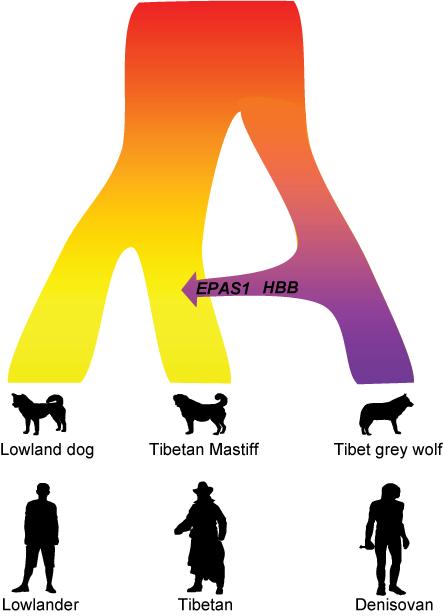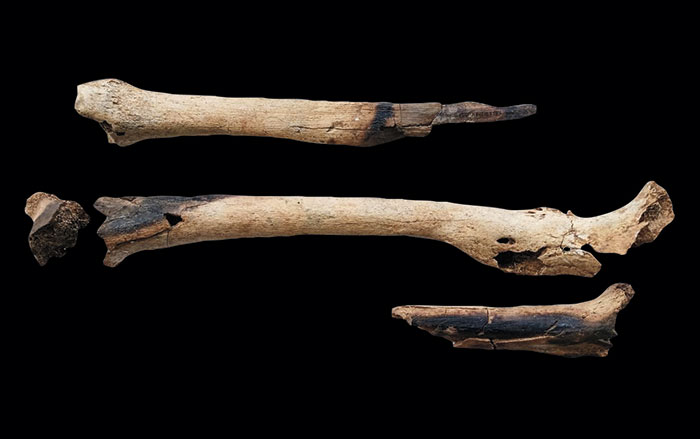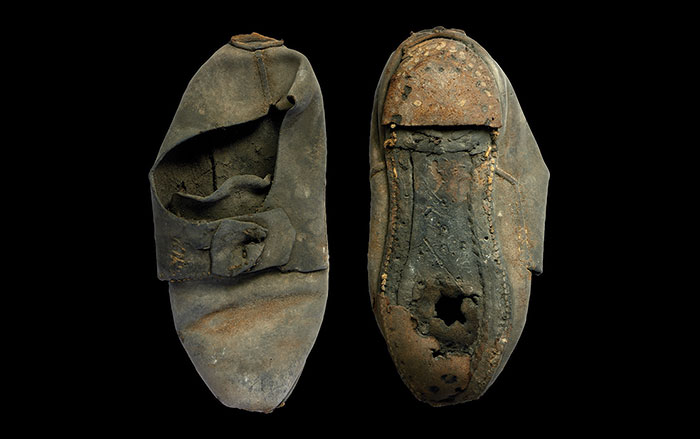
SHANGHAI, CHINA—According to a report in Science Magazine, geneticist Zhen Wang of the Shanghai Institutes for Biological Sciences and his colleagues examined DNA samples taken from China’s highland and lowland gray wolves, Tibetan mastiffs, Chinese lowland village dogs, and a golden jackal. The study suggests that lowland dogs traveled to the Tibetan Plateau with people about 24,000 years ago, where they interbred with the Tibetan gray wolves and acquired a gene variant that regulates the production of hemoglobin in the blood. This gene is key to surviving with the limited supply of oxygen at high altitude. People are thought to have acquired a variant of this same gene from the Denisovans. “It’s surprising and provocative that this [interbreeding] strategy has been employed by both species,” commented molecular biologist Frank Lee of the University of Pennsylvania. To read in-depth about dogs and archaeology, go to “More Than Man's Best Friend.”










